Reflections on the Compilation of Tibetan Epigraphy Found in Inner Mongolia
DOI: 10.23977/jsoce.2024.060623 | Downloads: 20 | Views: 647
Author(s)
Xiao Weilin 1
Affiliation(s)
1 China Tibetology Research Center, Beijing, China
Corresponding Author
Xiao WeilinABSTRACT
This paper provides an overview of Tibetan inscriptions and stone documents in Inner Mongolia, focusing on Hohhot City and Alxa League as representative examples. The Tibetan Epigraphy in Inner Mongolia has been categorized, based on geographical locations and script types. Noteworthy features has been concluded with the extensive chronological span and diverse forms of these inscriptions and stone documents in Inner Mongolia. The article discusses their value in research, covering social and historical development, astronomical and calendrical studies, religious dissemination research, and linguistic studies. Emphasizing the multidisciplinary significance, it touches upon challenges faced during the compilation process. The examination of Tibetan inscriptions and stone documents in Inner Mongolia contributes to a broader understanding of the region's historical and cultural facets, shedding light on social, astronomical, religious, and linguistic dimensions. The text underscores the importance of preserving and studying these materials despite the encountered difficulties in field investigation.
KEYWORDS
Tibetan Epigraphy, classification, characteristics, valueCITE THIS PAPER
Xiao Weilin, Reflections on the Compilation of Tibetan Epigraphy Found in Inner Mongolia. Journal of Sociology and Ethnology (2024) Vol. 6: 158-165. DOI: http://dx.doi.org/10.23977/jsoce.2024.060623.
REFERENCES
[1] Sam-gtan Tshering (2021). Implementation of the Collection of Tibetan inscriptions and Research Status of Tibetan inscriptions [J]. China Tibetology, (03): 206-212.
[2] Xiao Weilin (2019). Introduction to the distribution of Tibetan stone in Hohhot and its surrounding areas [A]. Proceedings of the Second National High-Level Forum on the Collation and Research of Ancient Tibetan Books [C]. China Tibetology Press, 2019.8, 358-375.
[3] Wang Dafang, Zhang Wenfang (2013). Grassland Gold Stone Record [M]. Cultural Relics Publishing House, 2013:221.
[4] Wang Dafang (2004). New Achievements in the collection and study of Mongolian Yuan inscriptions in Inner Mongolia [N]. China Cultural Relics Journal, 2004-09-15 (002).
[5] Cai Hong (2013). A brief analysis of the temple system of Alxa and Shuote Banner [J]. Journal of the Western Mongolian Studies, 2013 (03): 32-37+126.
[6] Fan Yunjing (2017). Stone Engravings of the Jin Dynasty in Inner Mongolia, Ningxia and Gansu [J]. Journal of Inner Mongolia University (Philosophy and Social Sciences) 2017, 49 (04):49-53.
[7] Ramogi, Tenzin Nyima (2018). Error correction in Tibetan Historical Materials and astronomical and calendar Documents [J]. Journal of Qinghai Minzu University (Social Science Edition), 2018, 44 (02): 147-150.
[8] Yu Liangcai, Wang Li (2011). The modes and characteristics of Gelug School of Tibetan Buddhism in Mongolia [J]. Journal of Tibetan University (Social Sciences Edition), 2011, 26 (03):117-122.
[9] Chen Nan (2008). Historical Facts on the Establishment of Mongol-Tibetan relations and the introduction of Tibetan Buddhism into Mongolia [J]. Ancient Civilizations, 2008 (04): 92-99+111.
| Downloads: | 39369 |
|---|---|
| Visits: | 1357088 |
Sponsors, Associates, and Links
-
Journal of Language Testing & Assessment
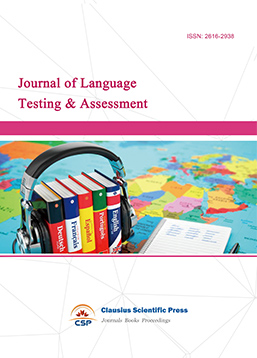
-
Information and Knowledge Management
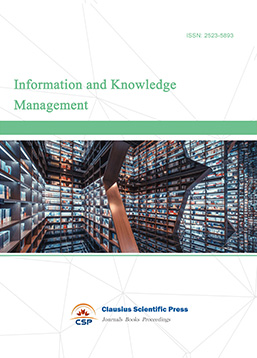
-
Military and Armament Science

-
Media and Communication Research

-
Journal of Human Movement Science
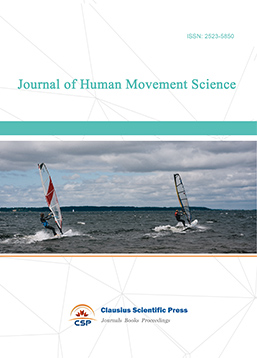
-
Art and Performance Letters
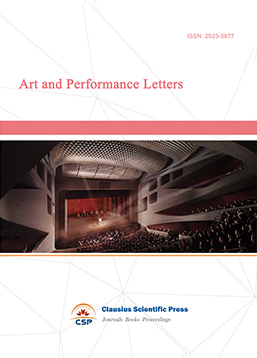
-
Lecture Notes on History
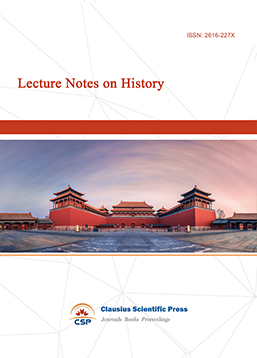
-
Lecture Notes on Language and Literature

-
Philosophy Journal
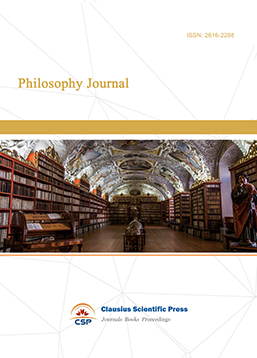
-
Science of Law Journal
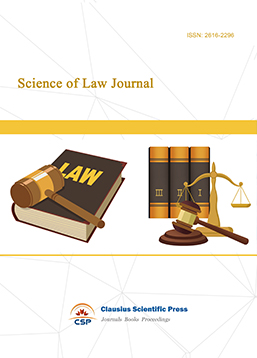
-
Journal of Political Science Research
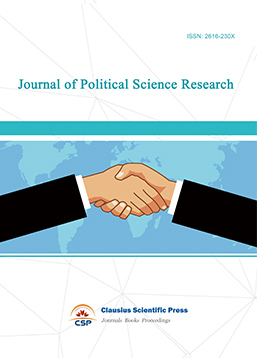
-
Advances in Broadcasting
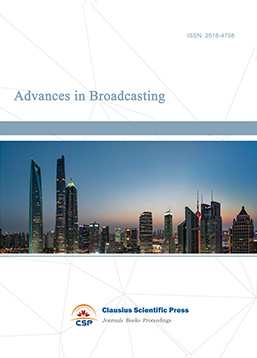

 Download as PDF
Download as PDF